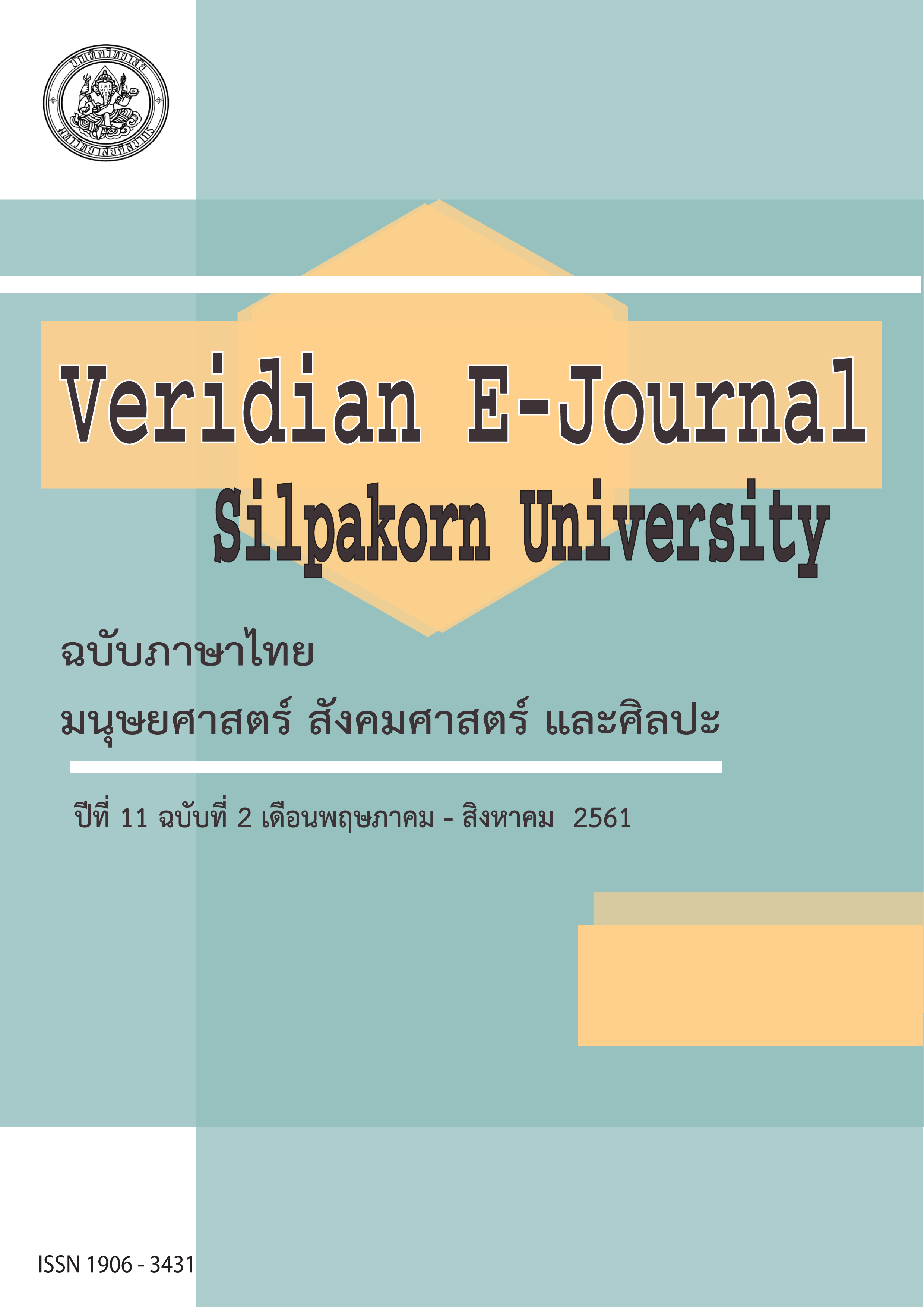การประยุกต์ใช้ฟัซซีลอจิกในการควบคุมสัญญาณไฟจราจร (An Application Of Fuzzy Logic In Traffic Signal Control)
Main Article Content
Abstract
งานวิจัยนี้ได้นำฟัซซีลอจิกและระบบอนุมานแบบฟัซซีตามวิธีของแมมดานี (Mamdani’s Fuzzy Inference System) มาประยุกต์ใช้ในการควบคุมสัญญาณไฟจราจรและทำการทดสอบระบบควบคุมบนแบบจำลองการจราจรที่สร้างขึ้น โดยเปรียบเทียบประสิทธิภาพของระบบกับวิธีการควบคุมการจราจรในระบบอื่นๆ ทั้งหมด 5 แบบ รวมถึงค้นหาค่าตัวแปรเริ่มต้นที่เหมาะสมที่สุดสำหรับการควบคุมการจราจรที่สี่แยกสนามจันทร์ ทั้งนี้งานวิจัยนี้สามารถใช้เป็นแนวทางในการบริหารจัดการการจราจรในแยกอื่นๆ ได้อีกด้วย
ผลการทดสอบระบบการควบคุมสัญญาณไฟจราจรของชุดฟัซซีเซตนั้นมีค่าเฉลี่ยของเวลาคอยสัญญาณไฟสำหรับรถแต่ละคันและส่วนเบี่ยงเบนมาตรฐานของเวลาคอยน้อยกว่าแบบอื่นๆ จึงสามารถสรุปได้ว่า ระบบการควบคุมสัญญาณไฟจราจรของชุดฟัซซีเซตมีประสิทธิภาพดีที่สุด
In this research, we design a model for applying fuzzy logic to traffic light control in single isolated intersections. Traffic data and other related physical data of Sanam Chandra Intersection, in Muang Nakhonpathom, were collected. The model designed was applied to the intersection to test for efficiency. Five other systems of traffic light control were tested for comparison, including the system currently in used at the intersection.
The comparison test was done in a traffic simulation based on the collected traffic data. The result shows that the model designed is the most efficient among the other systems tested. It can be applied to the intersection to reduce traffic congestion and reduce the need of traffic officer during rush hours
